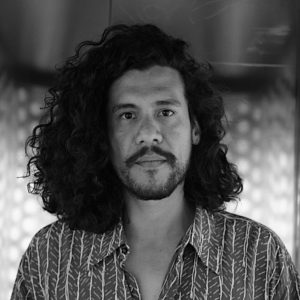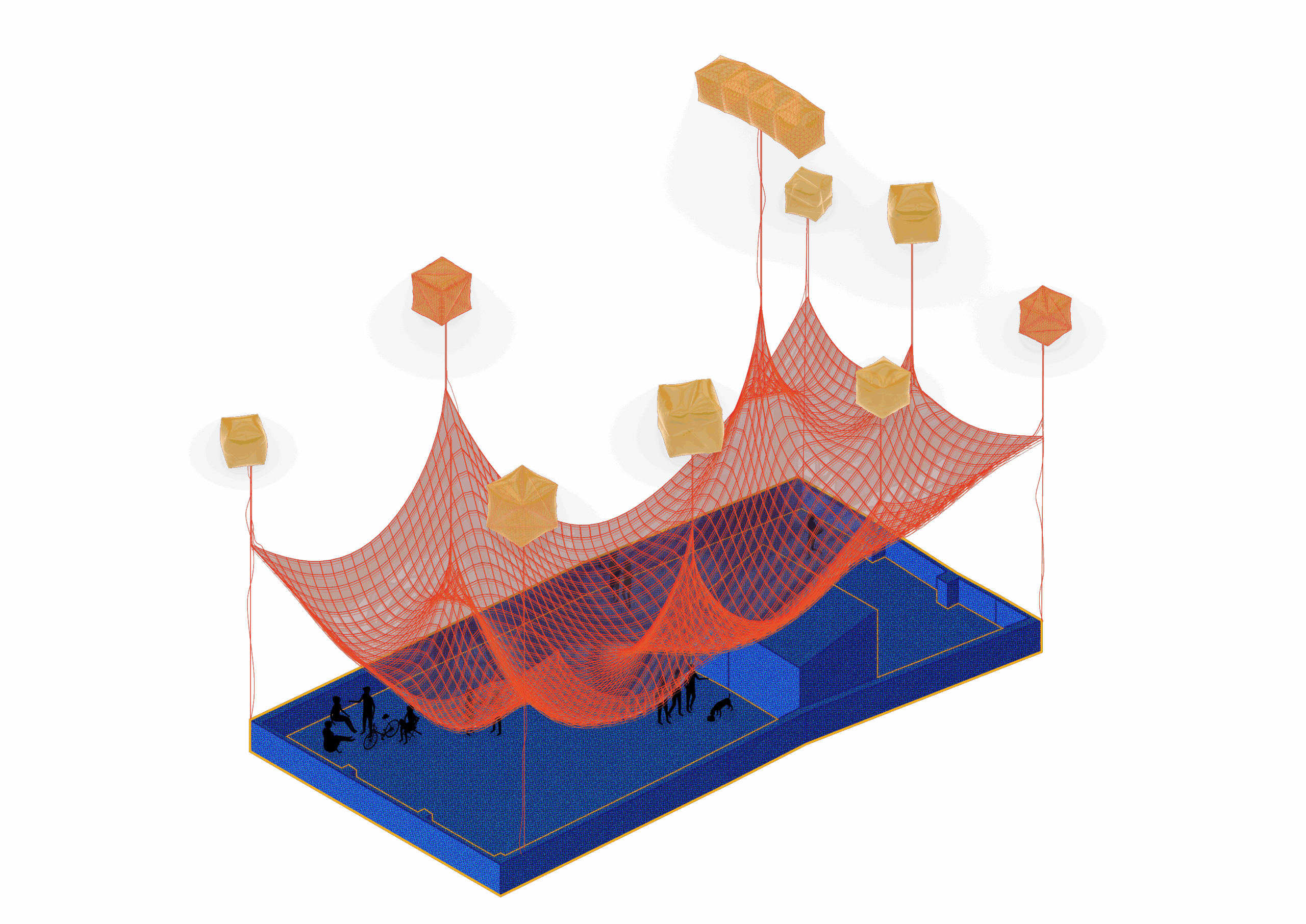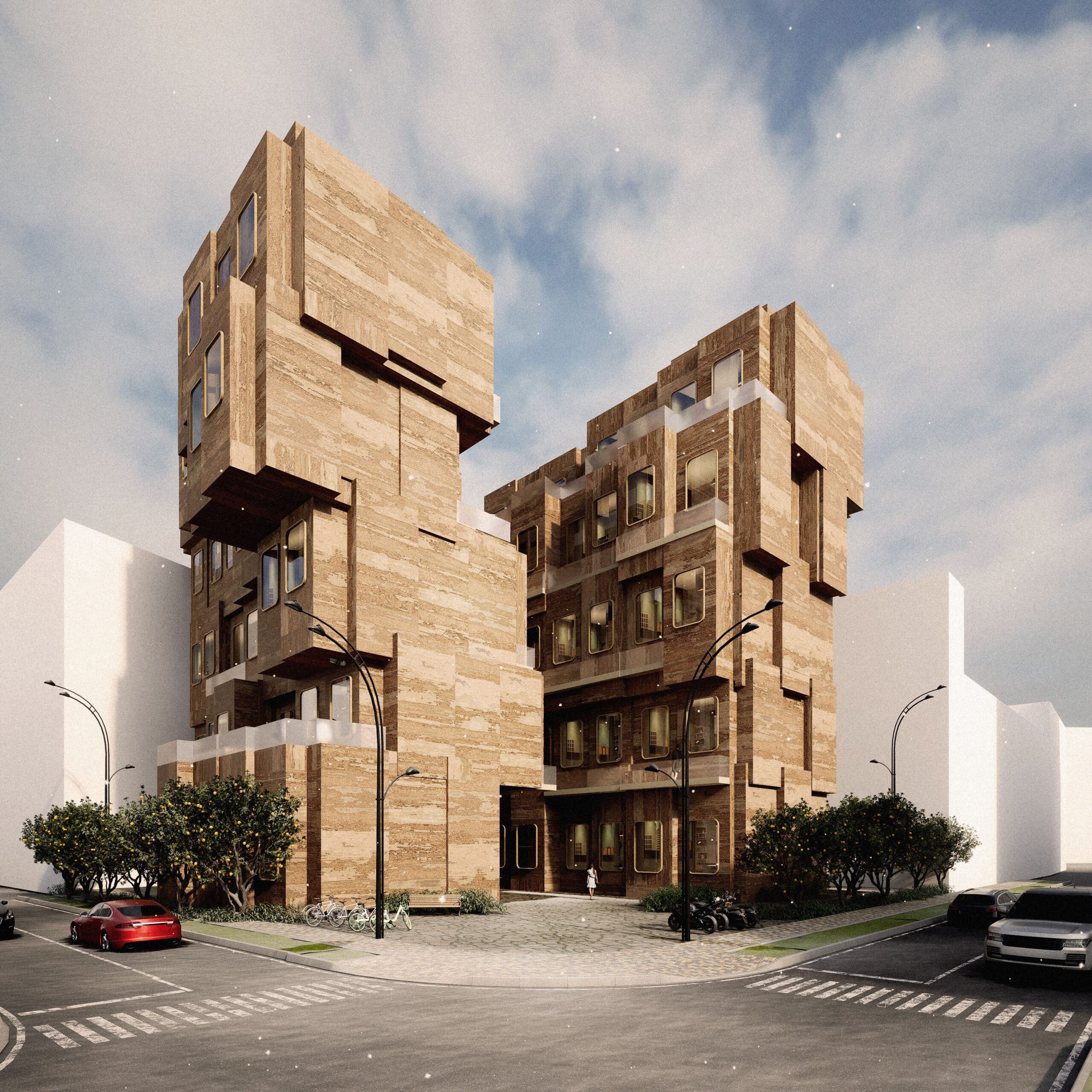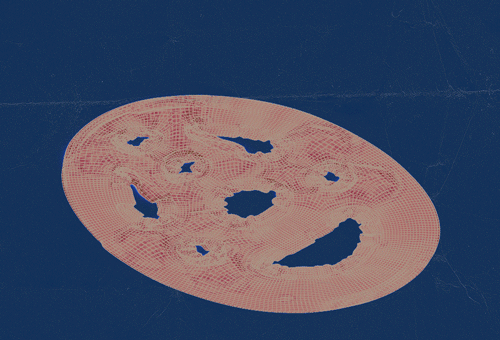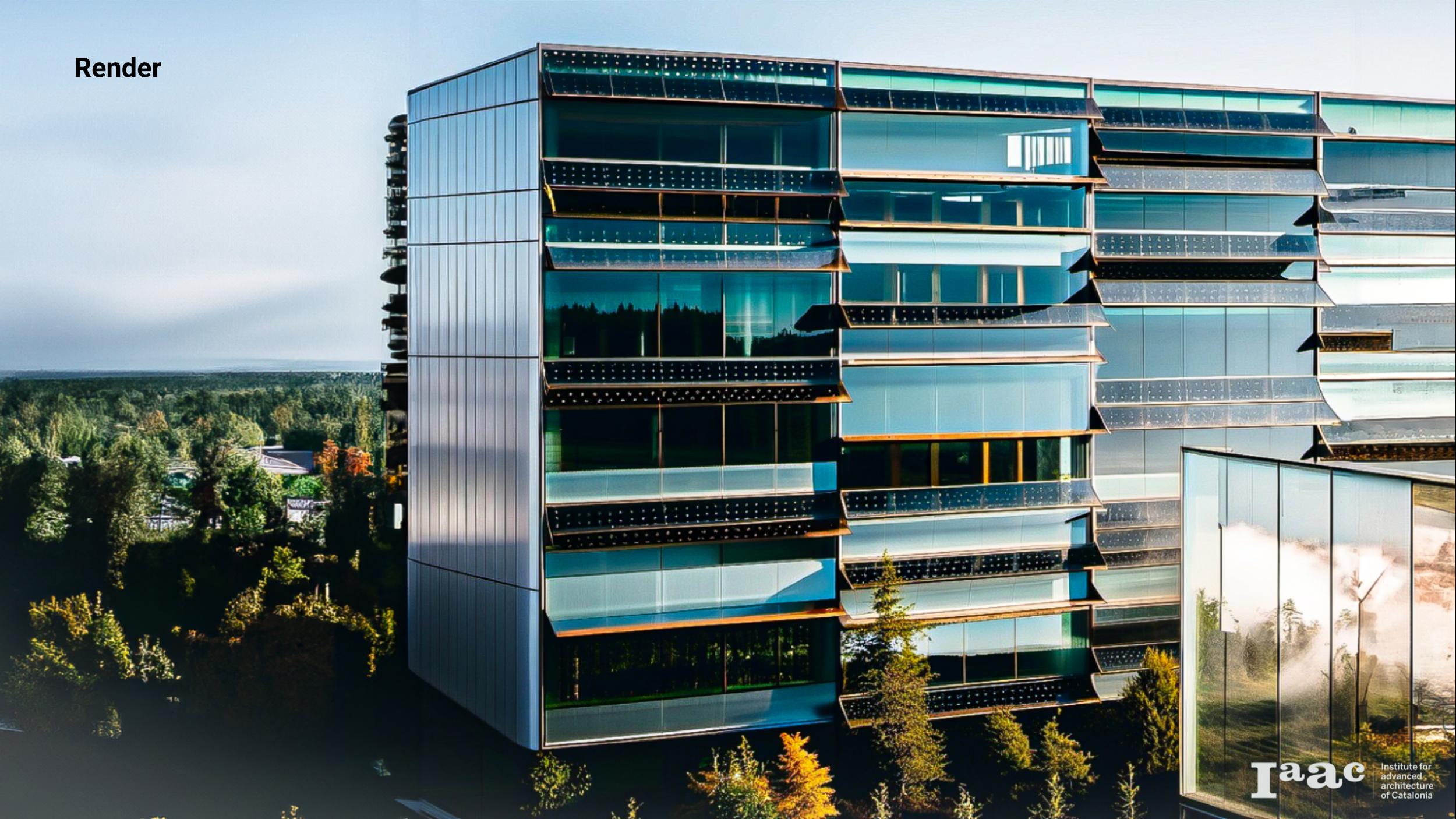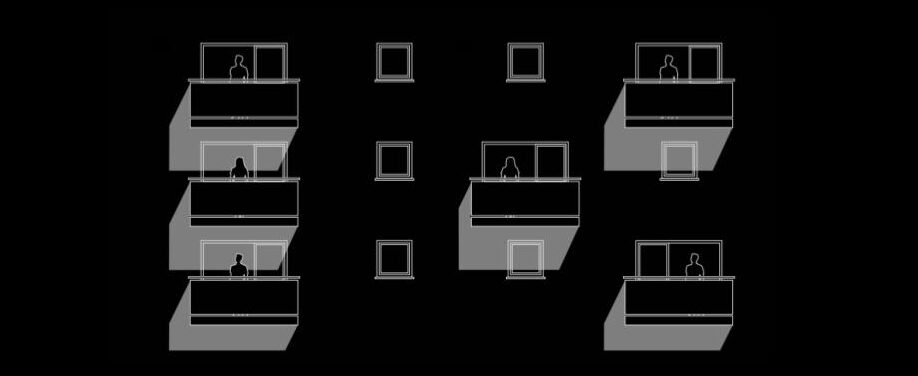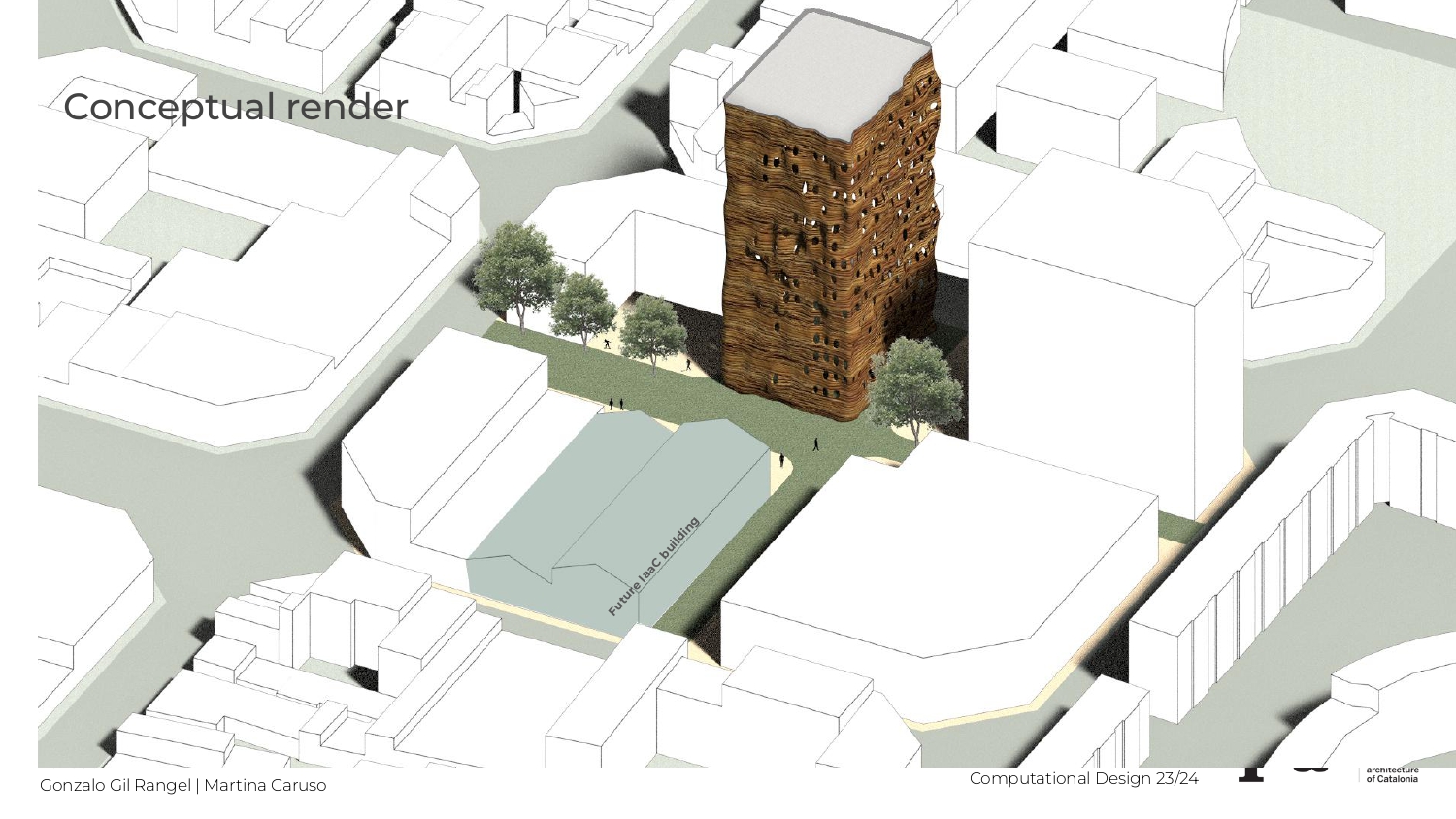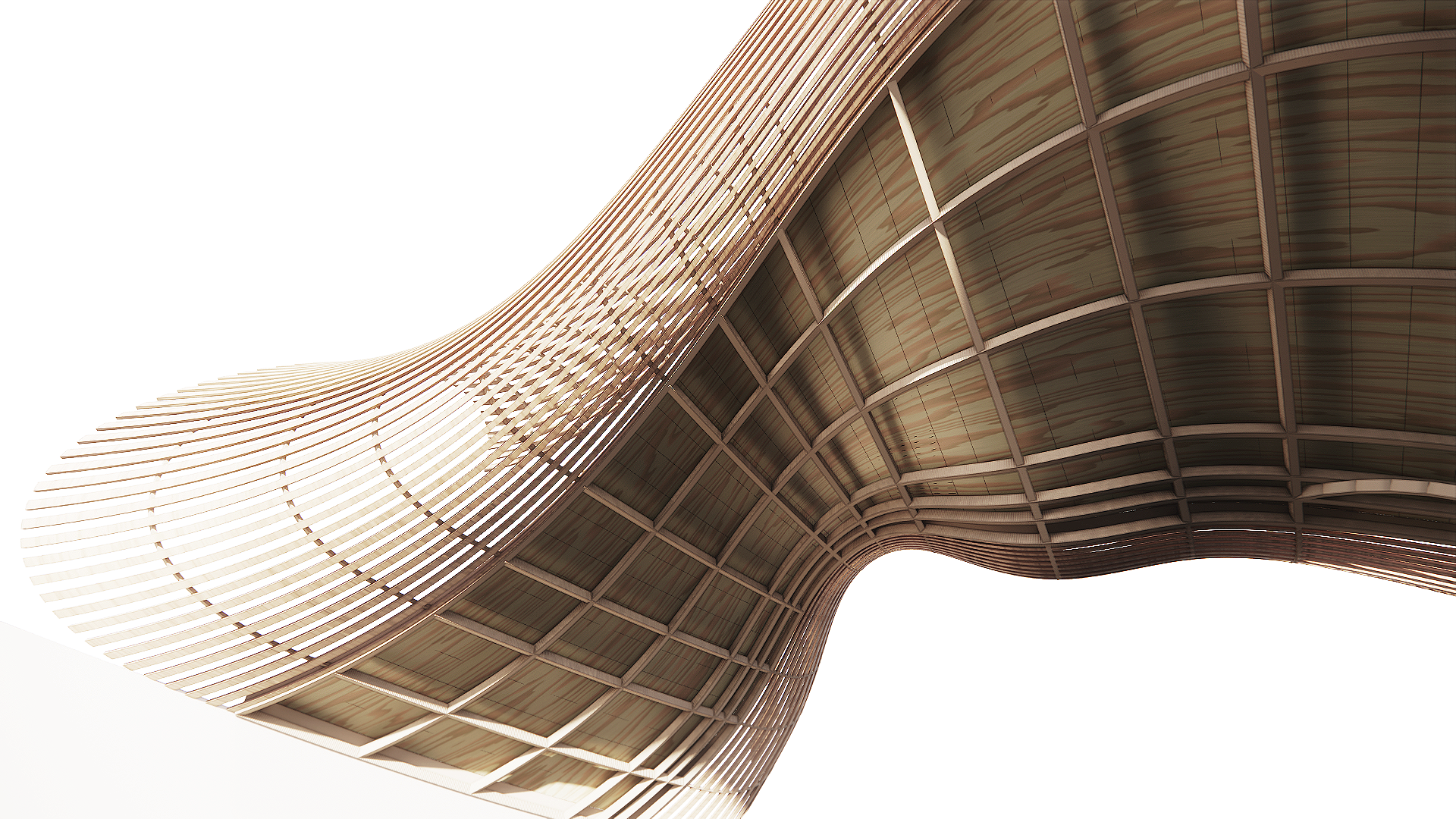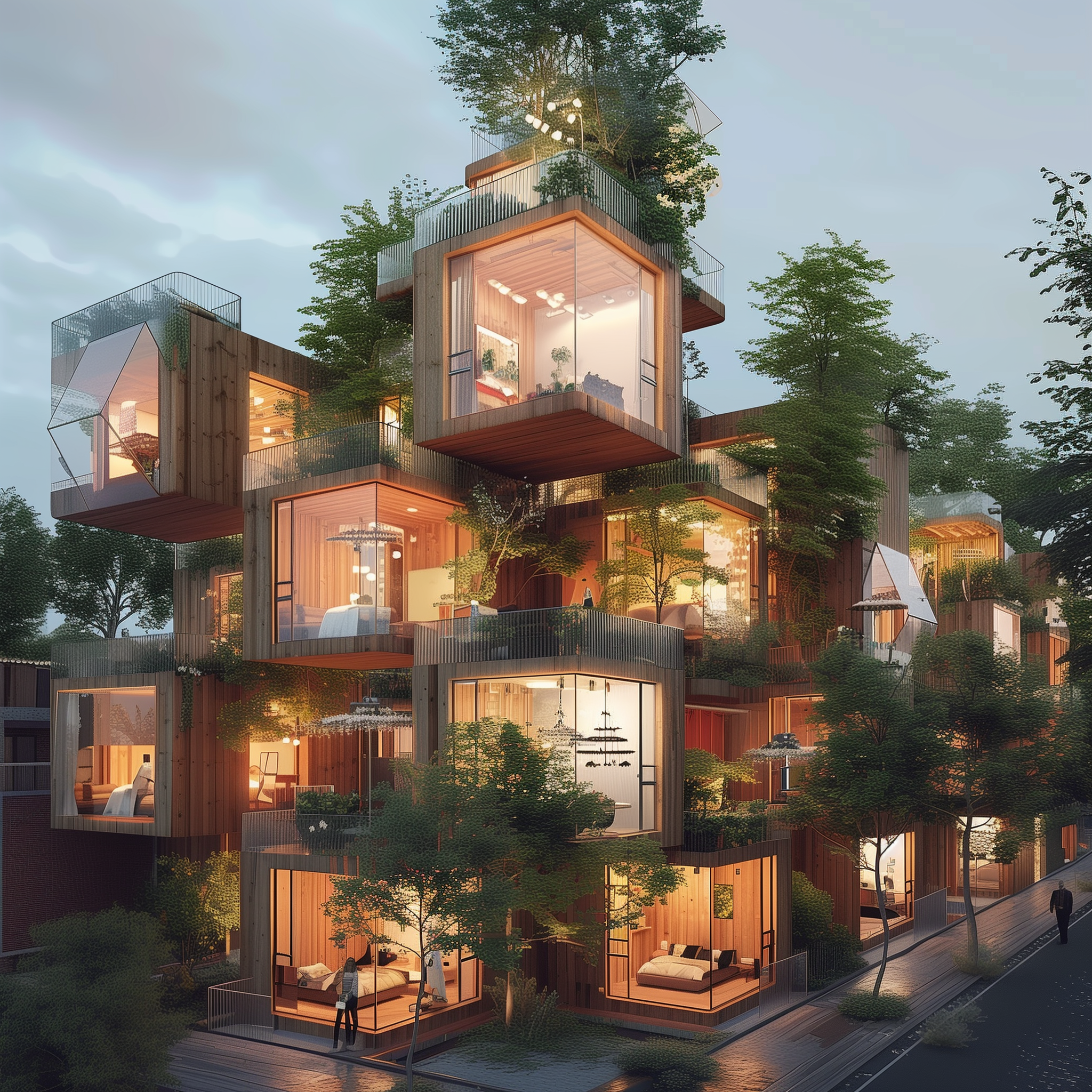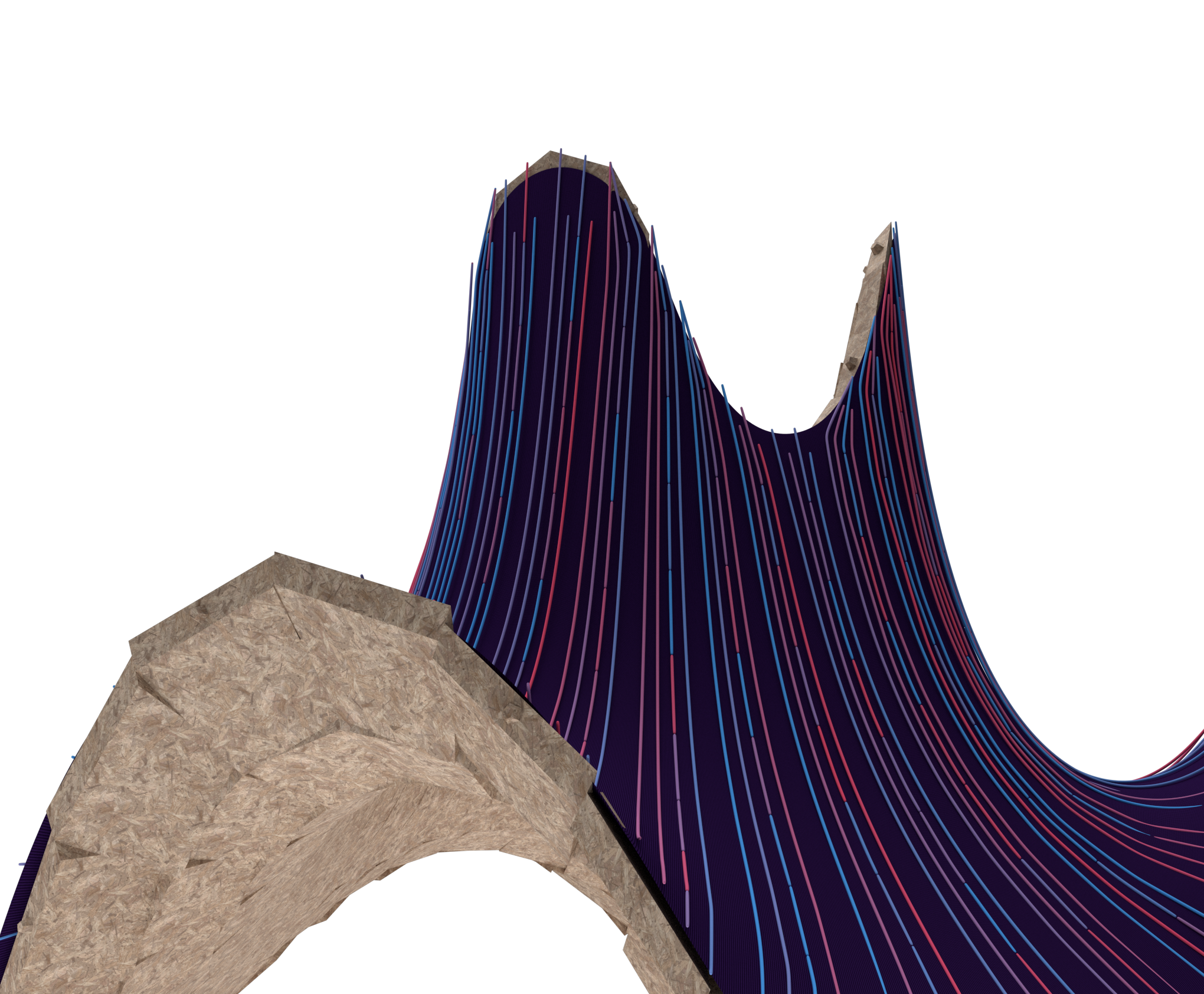In computer science, algorithms are habitually defined as fixed and often finite procedures of step-by-step instructions understood to produce something other than themselves. These logic structures interface with data, sourced from any computable phenomena, becoming the basis for a new array of design strategies. The Computational Design Seminar focuses on emergent design strategies based on algorithmic design logics. From the physical spaces of our built environment to the networked spaces of digital culture, algorithmic and computational strategies are reshaping not only design strategies, but the entire perception of Architecture and its boundaries.
Syllabus

Credits: Uri Lewis Torres, Introductory Studio G2, 2020/21
Continuing the journey from the previous term, the focus would be to transfer the knowledge acquired from the previous term into tangible physical realities. Our endeavour transcends conventional design paradigms, as we navigate the intricate fusion of fabrication and design. Participants will acquire the skills to develop scripts serving as conduits from conceptual ideation to the realisation of intricate designs, thereby unravelling innovative means of fabrication. This course focuses on the profound translation of digital concepts into tangible objects, meticulously navigating the complex relationship between design theory and fabrication practices.
Throughout this course, we will meticulously explore the intricacies of production methodologies. We will examine the synthesis of digital tectonics with tangible reality, observing the seamless transition from the ethereal digital domain to the tangible world. Participants will be introduced to automated drawing techniques and sophisticated baking methods, leveraging tools such as metadata management, and production streamlining.
The curriculum places particular emphasis on the production of comprehensive documentation. Participants will develop the ability to generate meticulous and automated documentation, ensuring a thorough capture of every facet of the design process, thereby upholding standards of clarity and precision.
TERM 2
In the realm of computational design and parametric architecture, Term 2 is structured with a strong emphasis on the following key objectives:
- Integration of Advanced Algorithmic Methods:
- Develop a comprehensive understanding of advanced algorithmic methodologies.
- Apply algorithms to enhance the creative design process.
- Design-to-Fabrication Scripting:
- Cultivate the skills necessary to develop scripts facilitating the seamless transition from design concepts to fabrication reality.
- Explore innovative means of fabrication through script implementation.
- Production Methodologies:
- Explore diverse production methods relevant to digital fabrication.
- Gain proficiency in automated drawing techniques and sophisticated baking methods.
- Utilise tools such as metadata management, and production streamlining for efficient workflows.
- Comprehensive Documentation:
- Develop the skill set to generate detailed and automated documentation.
- Emphasise clarity and precision in documenting the design process.
- Bridging the Gap Between User and Design Process:
- Foster a deeper understanding of the design process among users.
- Design with the user experience in mind, bringing them closer to the intricacies of computational design.
In summary, Term 2 in the context of computational design and parametric architecture revolves around reverse engineering existing projects, the application of advanced parametric design principles, practical exploration, and, ultimately, cultivating a versatile understanding of data-driven design to craft diverse architectural systems with respect to transforming digital information into tangible physical applications.
Faculty
Faculty Assistants
Projects from this course
View Morphosis
Concept The twisting geometry of the tower was developed through parametric modeling and generative design, where Wallacei was used to evaluate and optimize multiple iterations. The goal was to identify the twist angle and floorplate rotation that would maximize unobstructed view corridors for surrounding buildings, while maintaining functionality and architectural integrity. Objective: To design a … Read more
Earth House
Parameters Movement in X direction of whole block tower Movement in Y direction of individual block Rotation of the whole block tower Catalogue with performance information Video
Root Roof
The industrial warehouse building what was renovated and adapted to be a school with a variety of classrooms, offices, workshops and exhibition area. The Institute for Advanced Architecture of Catalonia (IAAC) is a globally recognized research and educational institution based in Barcelona, Spain. It focuses on the future of architecture, design, and technology, with a … Read more
Pneumatic Pulse
Define Base Surface Define a planar surface with boundary conditions Generate Mesh Discretize the surface using a triangulated or hexagonal mesh Identify Anchor Points Distribute anchor points randomly manner across the mesh Introduce forces or constraints at anchor points to manipulate the mesh. Extrude elements from the anchor points to create structural support Use parametric … Read more
Facade Frick Optimizer
manifesto This project focuses on designing manufacturing protocols for integrating CDW-Brick in architectural applications, by programming a geopolymer material system, with controlled porosity and density. The goal is to develop functionally graded elements that respond to building performances (lightweightness, thermal insulation, etc) while acting as decarbonization tools of the building industry. The design process of … Read more
TerraSol
Before creating a whole facade on four faces of a building, we experimented on one wall, parameterizing only the Mesh Vertex Offsets and Perforation Sizes
Microhome-garden colony
In response to the exponential population growth in large cities and the pressing need to reduce carbon emissions, this proposal explores the genetic optimization of constructing minimal habitable units of 25 m² using Cross-Laminated Timber (CLT), inspired by the annual Microhome competition. The objective is to maximize the integration of microhomes, green areas, and exterior-facing … Read more
GAUDI’S CAT
GAUDI’S CAT pavilion is inspired by the geometry of Antonio Gaudi – famous Catenary arches. The structure of the pavilion consists of a central space under the canopy and an open part above. Catenary arches are located in three parts of the pavilion, serving as entrances to it, and elements of Catenary arches are also … Read more
Neuron’s Differential Growth
Stages of Growth Process Pseudo code Generating Random Starting Points Creating Random Dendrites Iterating for Multiple Axes Visualizing Neurons Calculating Total Length and Volume Parameters influencing growth Growth rate Branching angle Influence of neighbouring element Single Neuron Iteration 1 Iteration 2 Neuron System Development of multi-neuron system and connectivity Factors influencing growth Multiplication – 3 … Read more

